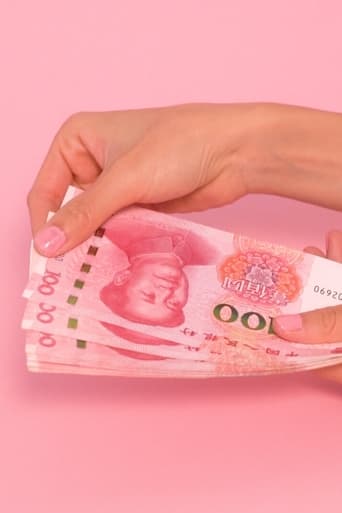Pink Mao
Why do we see certain colours even when they aren’t there? Chinese director Tang Han meticulously analyses the 100 Yuan bill, which carries a portrait of Mao Zedong, and finds that – despite official representations and general perception – the note is pink rather than red. In a serious tone and colourful, merry images she also casually upsets any number of other entrenched notions about digitalization, globalization, capitalism and gender. Why do we see certain colours even when they aren’t there? Chinese director Tang Han meticulously analyses the 100 Yuan bill, which carries a portrait of Mao Zedong, and finds that – despite official representations and general perception – the note is pink rather than red. In a serious tone and colourful, merry images she also casually upsets any number of other entrenched notions about digitalization, globalization, capitalism and gender. Why do we see certain colours even when they aren’t there? Chinese director Tang Han meticulously analyses the 100 Yuan bill, which carries a portrait of Mao Zedong, and finds that – despite official representations and general perception – the note is pink rather than red. In a serious tone and colourful, merry images she also casually upsets any number of other entrenched notions about digitalization, globalization, capitalism and gender. Why do we see certain colours even when they aren’t there? Chinese director Tang Han meticulously analyses the 100 Yuan bill, which carries a portrait of Mao Zedong, and finds that – despite official representations and general perception – the note is pink rather than red. In a serious tone and colourful, merry images she also casually upsets any number of other entrenched notions about digitalization, globalization, capitalism and gender.



 AD
AD